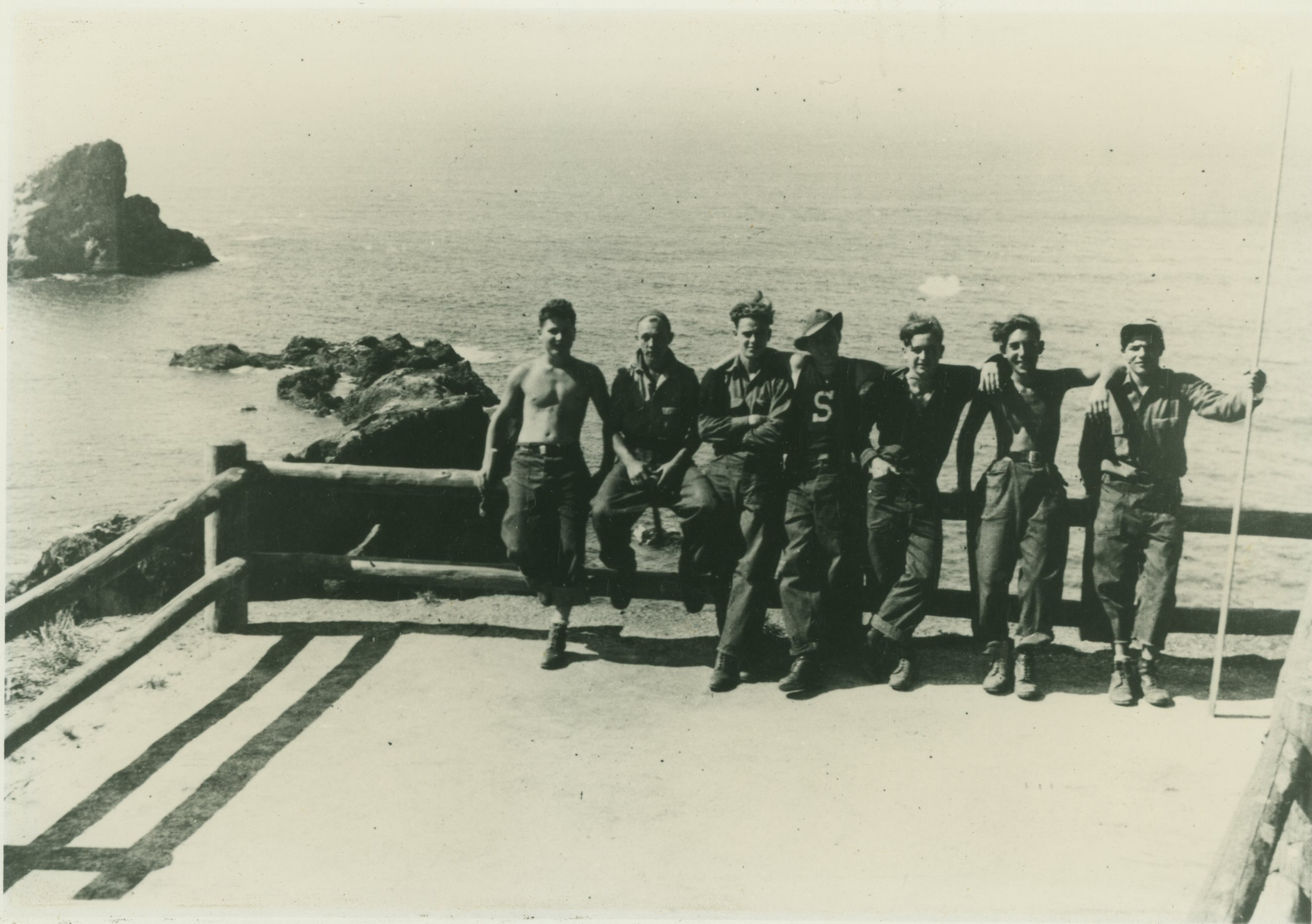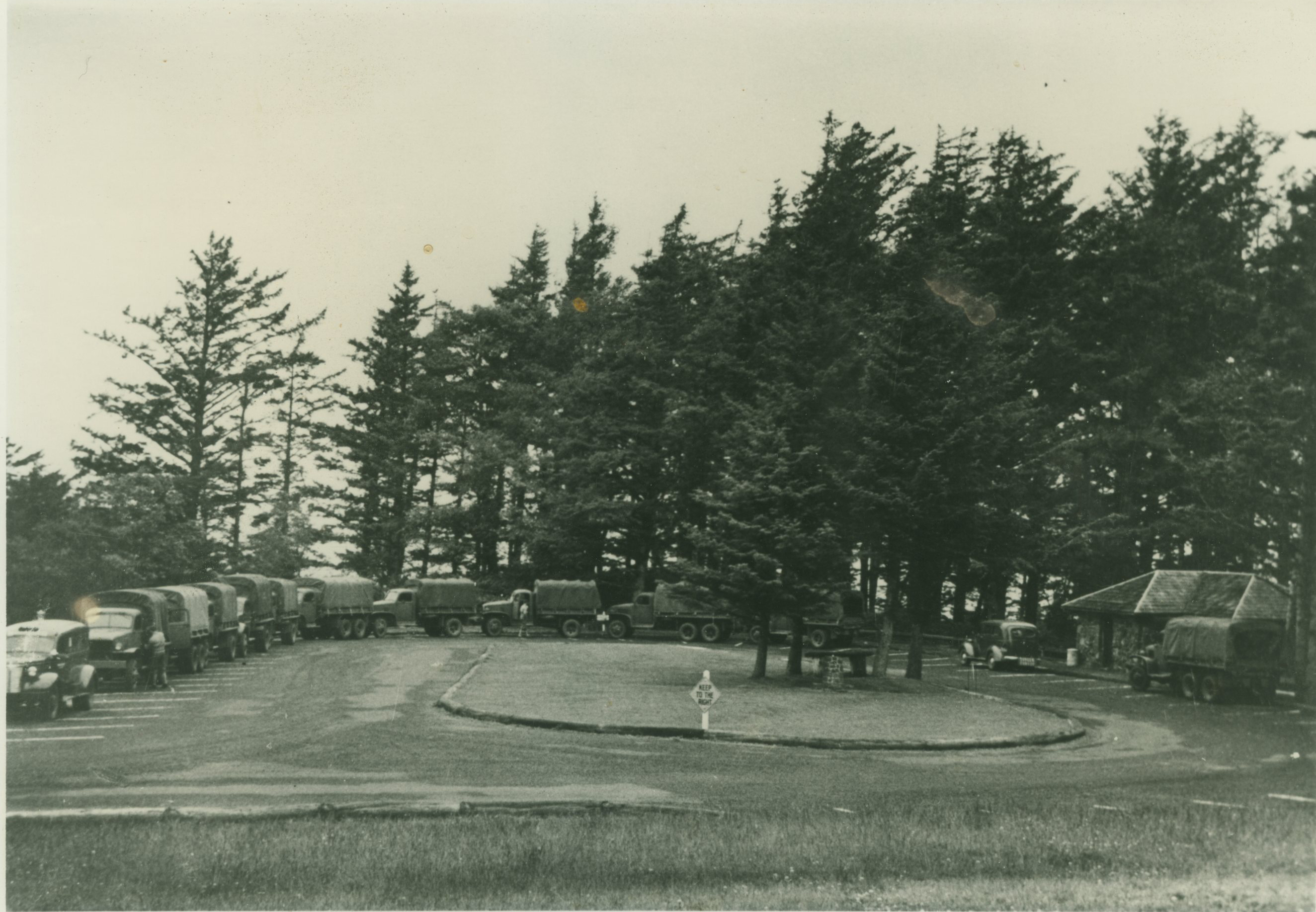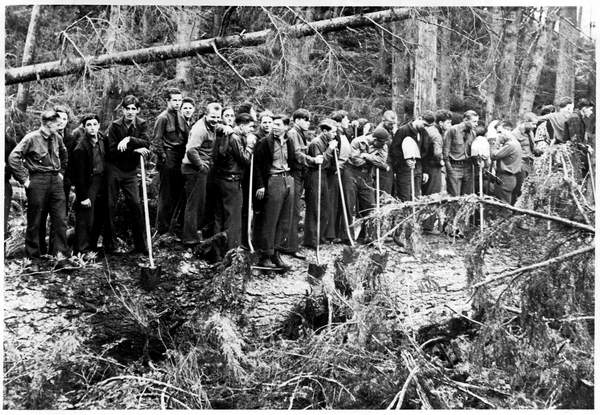
The Civilian Conservation Corps
For those of you that have enjoyed the beauty of Ecola State Park, hiked up Saddle Mountain, or have enjoyed many of our parks and trails, you might wonder how those beauties came to be. During the Roosevelt Administration, one of the earliest and most popular of Franklin D. Roosevelt’s New Deal Programs was the Civilian Conservation Corps, which started in 1933. The Civilian Conservation Corps, also known as the CCC, were out-of-work men that made valuable contributions to the nation by learning trades, living army-style and understanding military discipline, and engaging in public works. The CCC consisted of 3 million men who worked across the nation. The CCC men received room and board, all while earning a livable wage and sending a portion of their income back home to their poor families.

In 1934, Camp 1636 was established at Ecola State Park, where the CCC worked hard to improve roads, build water systems, construct picnic tables and trails, build restrooms and shelters, build the caretaker’s house, and lay stonework that is still noticeable in the park today. The CCC men also created a trail to the summit of Saddle Mountain and eventually built a fire lookout station on the highest peak. One of the most significant improvements made by the CCC was the creation of a new approach to the park. The Army had previously created a route to the area, but the old road had exceptionally steep grades, and in places it directly surrounded the ocean, which would block the road with two to three feet of sand

after a storm.
Work on Ecola State Park was completed in 1936, taking just under two years to complete. It has been said that on dedication day in Cannon Beach, twenty-five hundred well-wishers were served coffee and clam chowder while five hundred couples danced to a brass band on a decorated Hemlock Street. Cannon Beach went wild and it was an event to go wild about – to have at the entryway to one’s town of the most scenically stunning parks in the world. The parks encompass some of the most beautiful and iconic scenery from the jagged mountains to the captivating beaches. The men of the CCC made lasting contributions to Clatsop County and are surely to be remembered.

